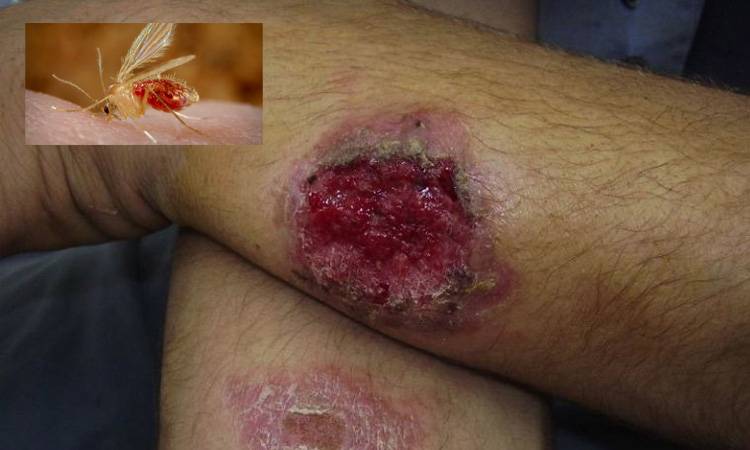
DADU: To control the outbreak of Cutaneous leishmaniasis, a vector-borne skin disease, in the Kachho belt and some rural areas of Jamshoro, Dadu and Hyderabad districts, measures have been taken on a large scale.
According to a new estimate confirmed by the health department based on data collected from major hospitals and smaller health facilities, approximately 4,400 such cases have already been reported over the past week, with dozens more infected every day.
Health experts say that a particular species of sandflies causes the disease by stinging people’s exposed body parts in the night hours. They believe that a wound appears on the skin about 30 days after being stung, and the wound then rapidly widens within hours.
Dr Mohammad Jumman Bahoto, Director-General Health, Sindh, announced the distribution of nets in the affected UCs as part of measures to control the outbreak.
Dr Zubir Ahmed Panhwar, the medical superintendent of the taluka hospital, said that fumigation in other affected areas of the UC was underway and would continue till Feb 9.
LUMHS vice-chancellor Dr Ikramuddin Ujjan said that each patient with the disease has to be administered two antimony (Glucantime) injections a day for 21 days. According to a market survey, the treatment is very costly (Rs 1,600 to Rs 3,200 per vial depending on the brand, according to a market survey), he added.
He said the required quantum was not available at hand and, therefore, it was decided that production of the same be started at LUMHS immediately for the Sindh government.
He stressed preventive measures by people of the affected UCs, saying that they must keep their face, hands, feet and other exposed part of their body covered in night hours and use nets while asleep. According to him, sandflies rest in small holes in mud-built houses after sunset and swarm trees, plants, and green pastures in sunlight.


